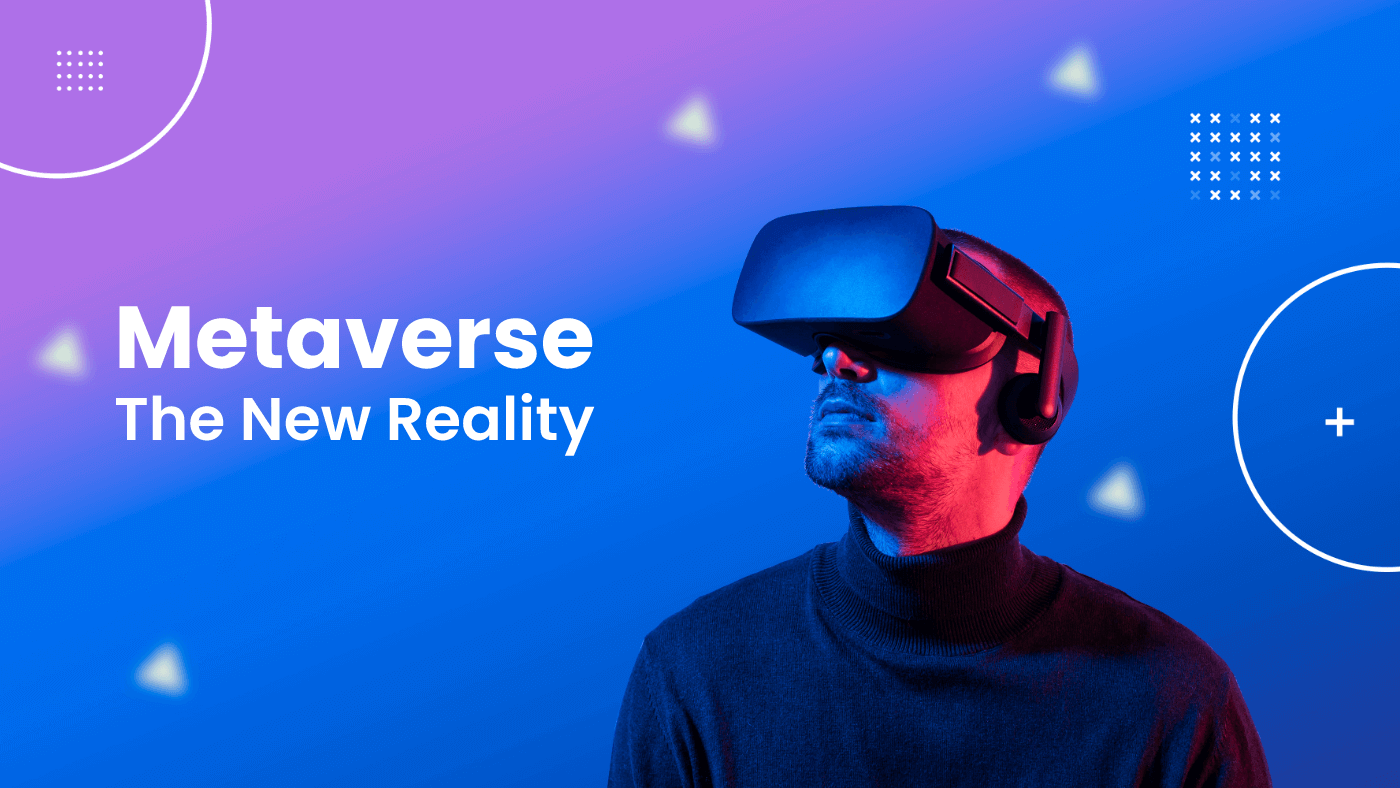The Metaverse and Customer Experience
July 19, 2023
7 Crucial Things You Need To Know About Data Privacy & Metaverse
September 19, 2022
Is Metaverse the Future of Digital Marketing?
July 15, 2022
Guide To Metaverse Marketing & SEO Strategy
June 28, 2022
Metaverse in Real Estate: How House Tours are Changing
April 29, 2022
5 Ways That Web 3.0 Might Change Digital Marketing
January 30, 2022







